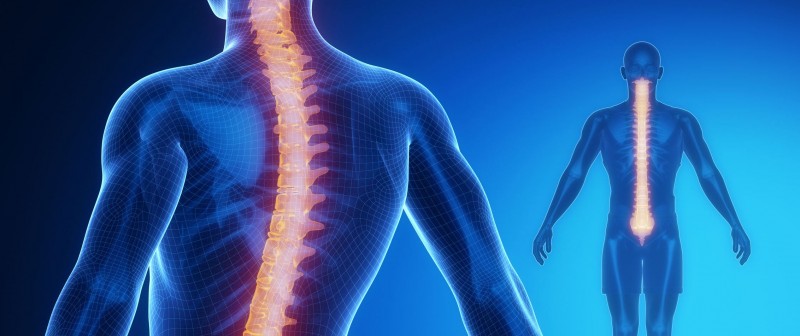“Slipped” Spinal Disc vs. Rhomboid Muscle Pain
Category: Back Pain | Author: Stefano Sinicropi

The rhomboid muscles are composed of two large muscles in the back that connect the spinal cord to the shoulders. Sometimes patients with back pain, and the doctors treating those patients can have trouble identifying the correct source of the back pain. In this article, we are going to offer some tips for differentiating between “slipped” disc pain and pain from the rhomboid muscle.
What are the Rhomboid Muscles?
We have talked at length about “slipped” spinal discs before on this blog, but we have yet to mention the rhomboid muscles. The rhomboid muscles, named after their rhombus shape, are located in the mid back. They connect the spine to the scapula (shoulder) on both sides of the back. Since they are in such close proximity to the spine, it can be difficult to determine whether back pain stems from an issue with these muscles, or from a herniated disc in the spine.
“Slipped” Disc Pain vs. Rhomboid Pain
Accurately identifying the root cause of your pain is the essential first step if you hope to successfully relieve the pain. Here are a few tips for telling the difference between pain from a “slipped” spinal disc and pain that originates in the rhomboid muscle:
- Tingling, numbness, or loss of feeling is most likely related to a “slipped” disc. These symptoms are caused by a disc interfering with a spinal nerve.
- Chronic pain that persists for weeks, or pain that gets worse is likely related to a “slipped” disc. Muscle pain tends to diminish over time with conservative treatments, while “slipped” disc pain can linger for years if left untreated.
Minneapolis Spine Doctor
If you are dealing with back pain and cannot determine its precise cause, make an appointment with a skilled spine physician today. Even if you have already been diagnosed, second opinions can be invaluable when it comes to the treatment of spine conditions.